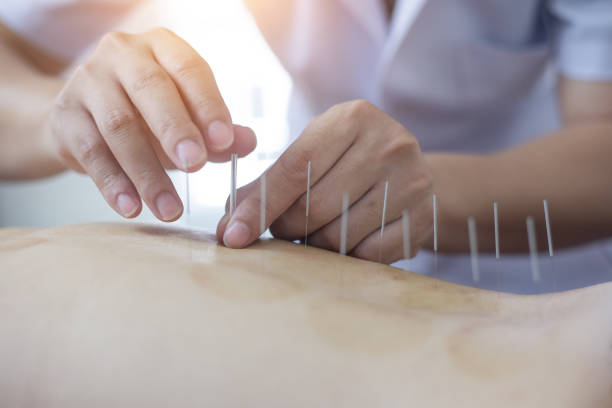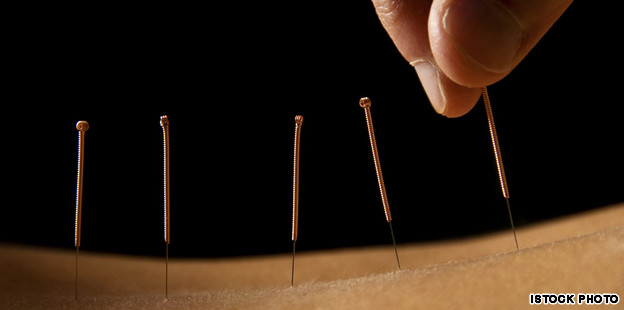The history of Acupuncture goes back 2,500 years. Over that time practitioners were able to map over 400 points on the body encompassed primarily within 20 interconnected pathways, or meridians. Acupuncturists use these points as areas that affect either the local or distal areas on the body.
“Does it hurt?”
The treatment consists of inserting a hair-thin needle into very specific points on the body. The typical feeling one could expect from the insertion would feel like a mosquito bite for a split second then a potential pressure as the body releases the energy and muscles around that area.
“So why does Acupuncture work? And spare me the voodoo…”
Acupuncture achieves the desired results by stimulating specific points near or on the surface of the skin – acupuncture points – that have the ability to alter biochemical and physiological conditions in the body. Because acupuncture points are designated areas of electrical sensitivity, inserting needles at these points stimulates sensory receptors.
This in turn stimulates nerves that transmit impulses to the hypothalamus-pituitary system in the brain. The hypothalamus-pituitary glands are responsible for releasing neurotransmitters and endorphins, the body’s natural pain-killing hormones.
Endorphins play a significant role in the hormonal system, which is why acupuncture is effective in treating back pain, arthritis, PMS and infertility. The substances released as a result of acupuncture relax the body, and also regulate serotonin in the brain, which affects emotional states. Other physiological effects include increased circulation, decreased inflammation, relief of muscle spasms and increased T-cell count, which supports the immune system.



